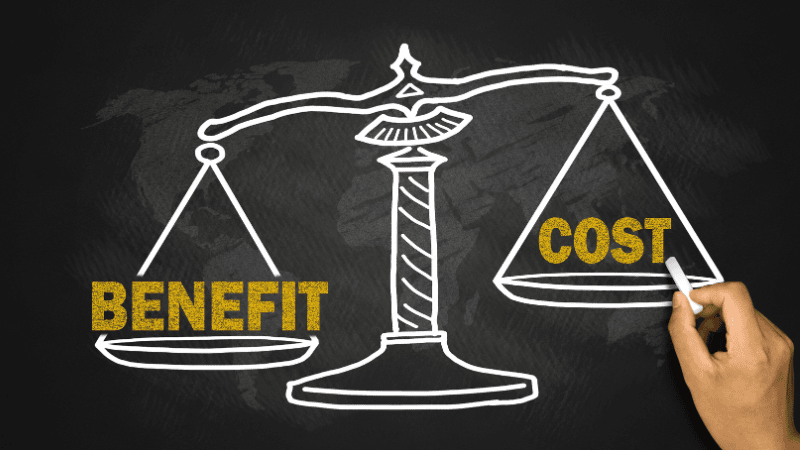Imagine having a clear, strategic approach that allows you to evaluate each solar lead generation method, ensuring you’re not only reaching potential customers but also doing so efficiently and effectively.
This means maximizing every dollar spent, refining your tactics based on data, and consistently driving high-value leads that convert.
Let’s dive into the most impactful methods to evaluate and optimize your solar lead generation, ensuring you get the best return on your investment.
Browse qualified solar installation consumer intent data.Analyzing the cost-effectiveness of different lead generation methods
When it comes to generating high-quality solar leads, understanding the cost-effectiveness of various methods is critical. Also, keep in mind the FCC’s new rules and regulations for online lead generation.
Here’s a detailed look at some of the most impactful strategies.
Pay-per-click (PPC) advertising:
- Costs: PPC ads, especially on platforms like Google Ads, can range from $1-$10 per click for solar-related keywords. High-demand keywords like “solar panel installation” might be on the higher end of this range.
- Example: Running a Google Ads campaign targeting keywords such as “best solar installers” or “solar tax incentives 2024.” This ensures your ad reaches people ready to make a purchasing decision, thus enhancing lead quality.
Content marketing:
- Costs: Investing in quality content creation can be significant. Creating a series of high-value blog posts, videos, or infographics can range from $500-$2000 per piece, depending on the complexity and expertise required.
- Example: Producing blog posts like “Top 5 Benefits of Installing Solar Panels” or “How Solar Panels Work” can draw in curious readers. Include strong calls-to-action (CTAs) to convert these visitors into leads, leveraging organic search traffic for sustained results.
Social media advertising:
- Costs: Budgeting for targeted social media ads on platforms like Facebook and Instagram can vary. On average, you might spend $0.50-$2.00 per click, depending on your targeting criteria.
- Example: Running sponsored posts targeting homeowners aged 30-50 who are interested in eco-friendly living and renewable energy. An engaging ad with a compelling image and a CTA like “Get a Free Solar Quote” can drive significant traffic and lead conversions.
Measuring and optimizing lead generation for cost-effectiveness
To ensure your solar lead generation methods are cost-effective, it’s essential to measure and optimize various metrics. Here’s how to do it.
Cost per lead (CPL):
- Definition: CPL is the total cost of your marketing efforts divided by the number of leads generated. It’s a crucial metric to assess the efficiency of your campaigns.
- Example: If you spend $1,000 on a PPC campaign and generate 50 leads, your CPL is $20. Compare this to content marketing, where a $2,000 investment might generate 100 leads, resulting in a CPL of $20.
Conversion rates:
- Tracking: Monitor how many leads convert into paying customers from each method.
- Example: If your PPC ads yield a conversion rate of 10% and your organic search traffic converts at 5%, you’ll know where to focus more resources. For instance, 100 PPC leads resulting in 10 customers vs. 100 organic leads resulting in 5 customers.
Return on investment (ROI):
- Measurement: ROI is calculated by subtracting the cost of the campaign from the revenue generated and then dividing by the campaign cost.
- Example: A content marketing campaign costing $2,000 that generates $10,000 in sales has an ROI of 400%. Compare this to a PPC campaign costing $1,000 and generating $3,000 in sales, yielding a 200% ROI.
Optimization tips:
- A/B Testing: Regularly test different ad copies and content formats to see which performs better.
- Data Analysis: Use tools like Google Analytics and Facebook Insights to review performance metrics.
- Example: Adjust strategies based on data insights, such as increasing budget for high-performing ads or refining content that attracts more organic traffic.
Aged Leads Store: A cost-effective lead generation company
Maximize your marketing budget with cost-effective solar lead generation strategies, or bypass these steps and buy bulk aged leads directly today.
Browse qualified solar installation consumer intent data to optimize your ROI and drive more sales.













